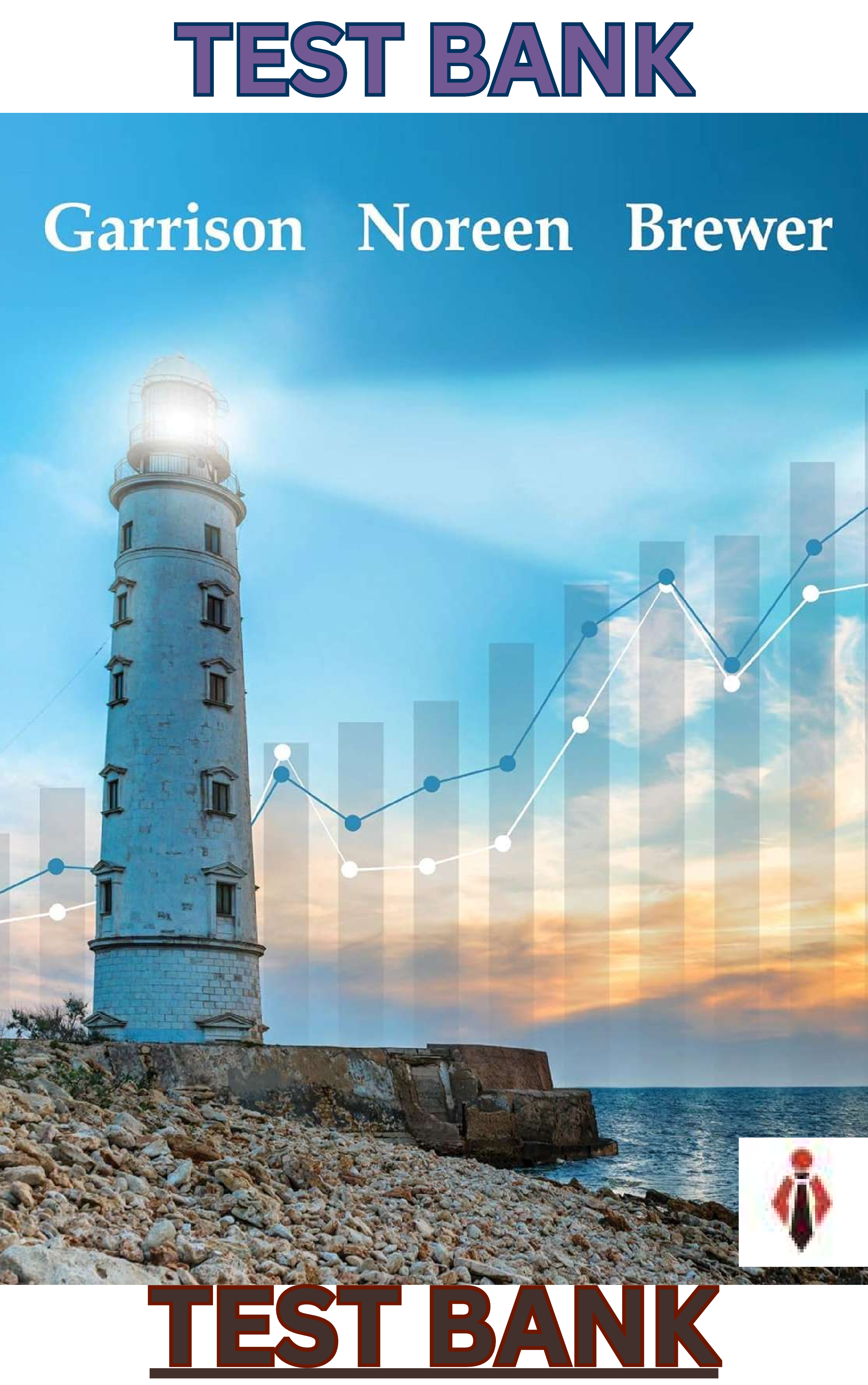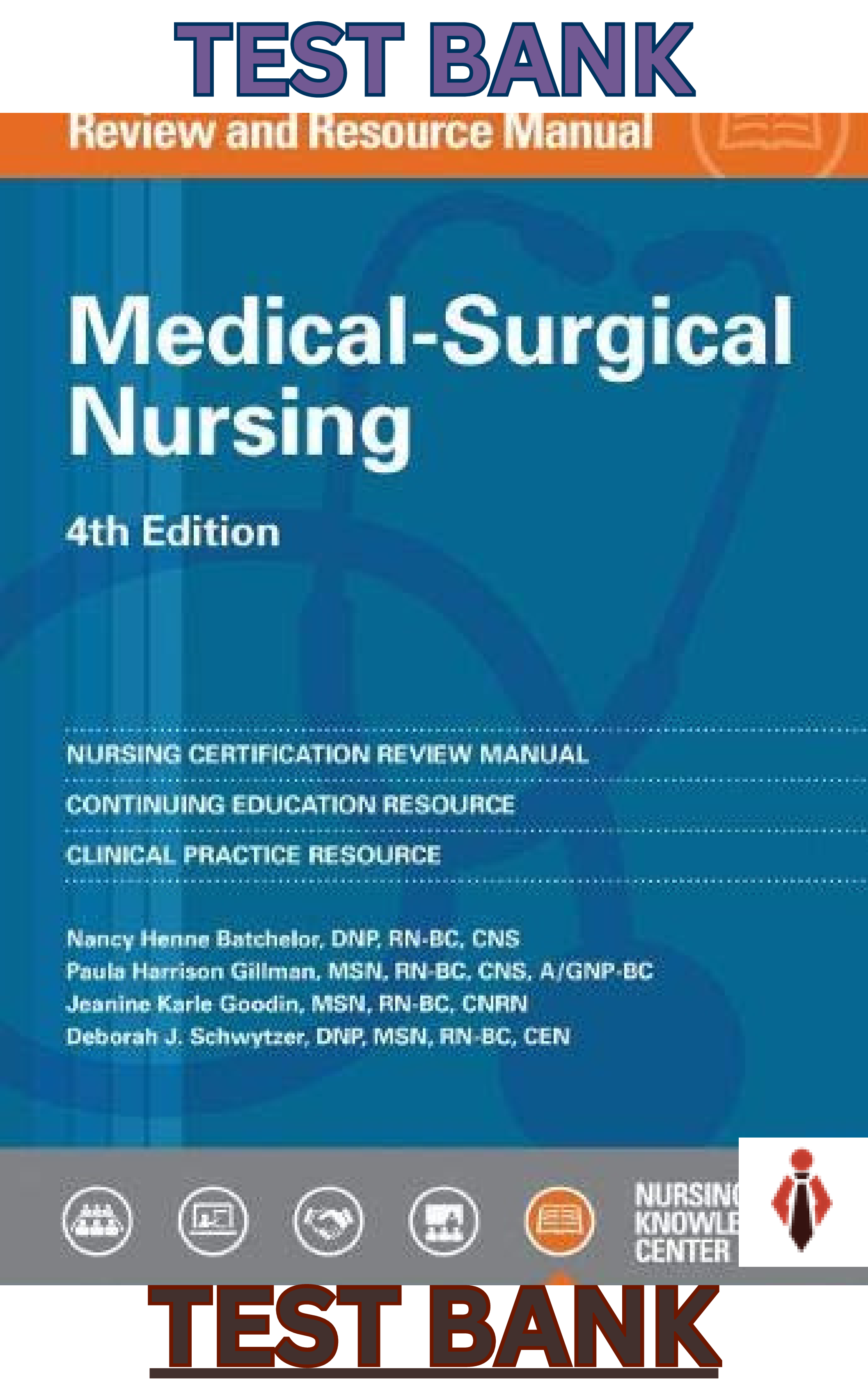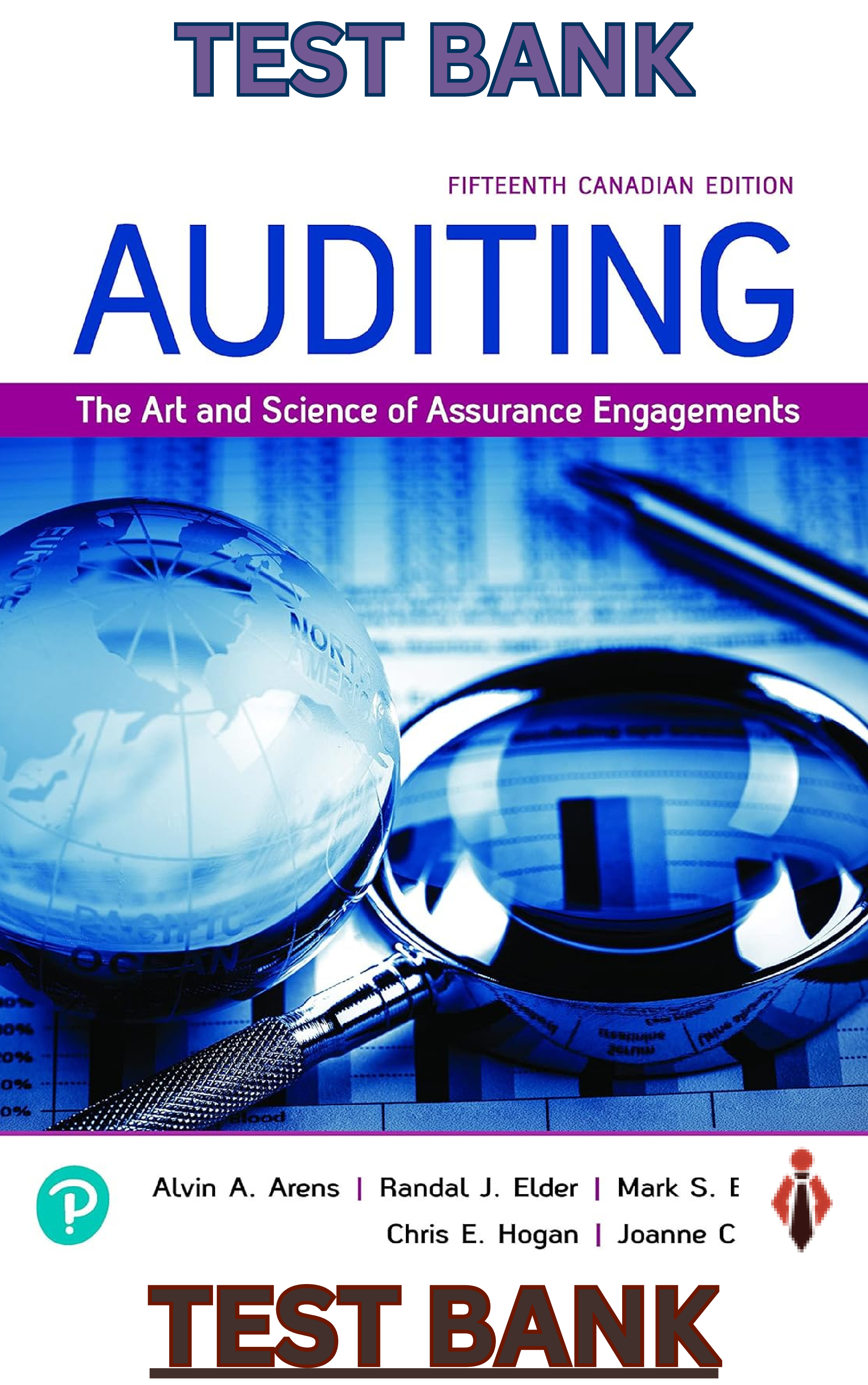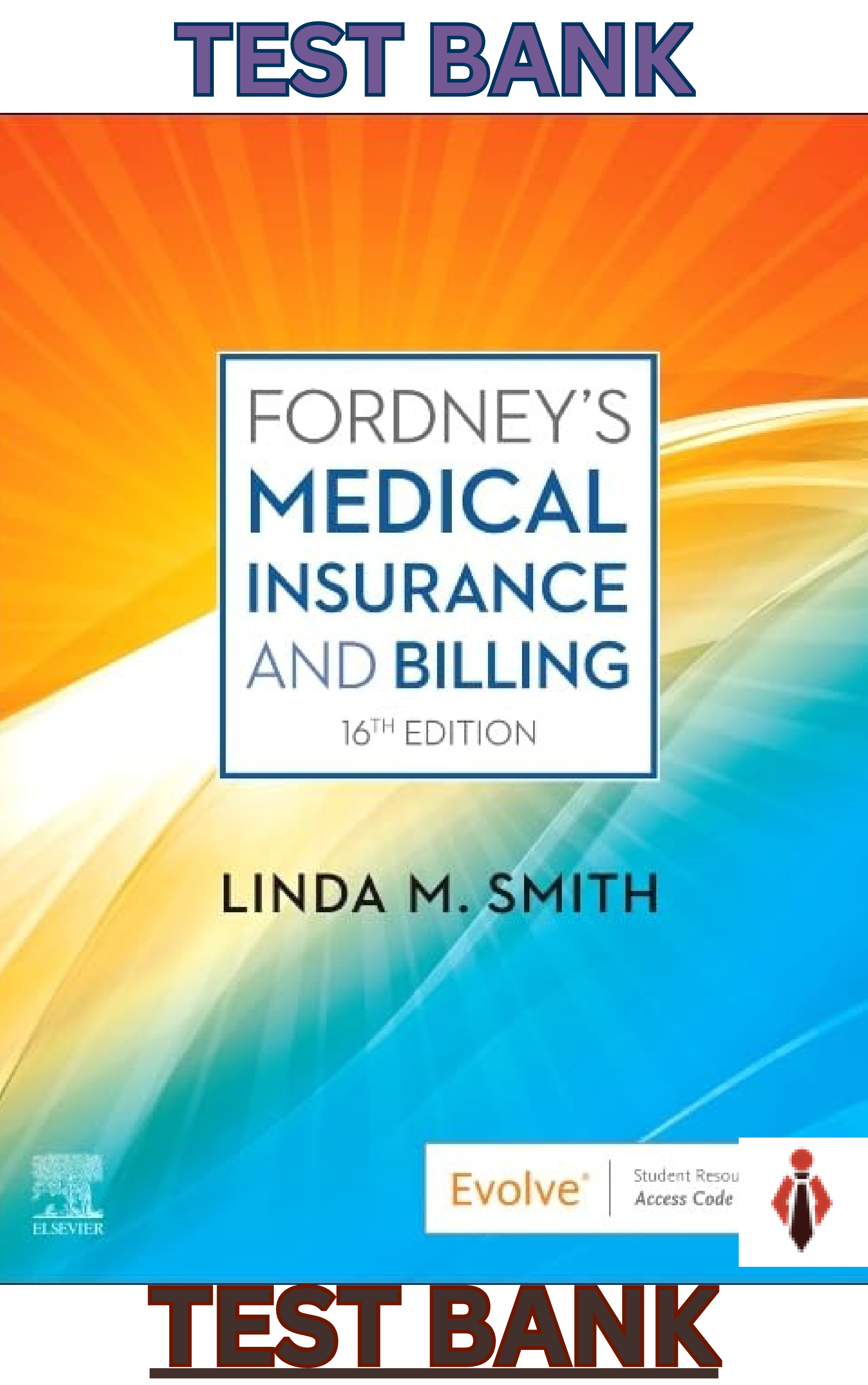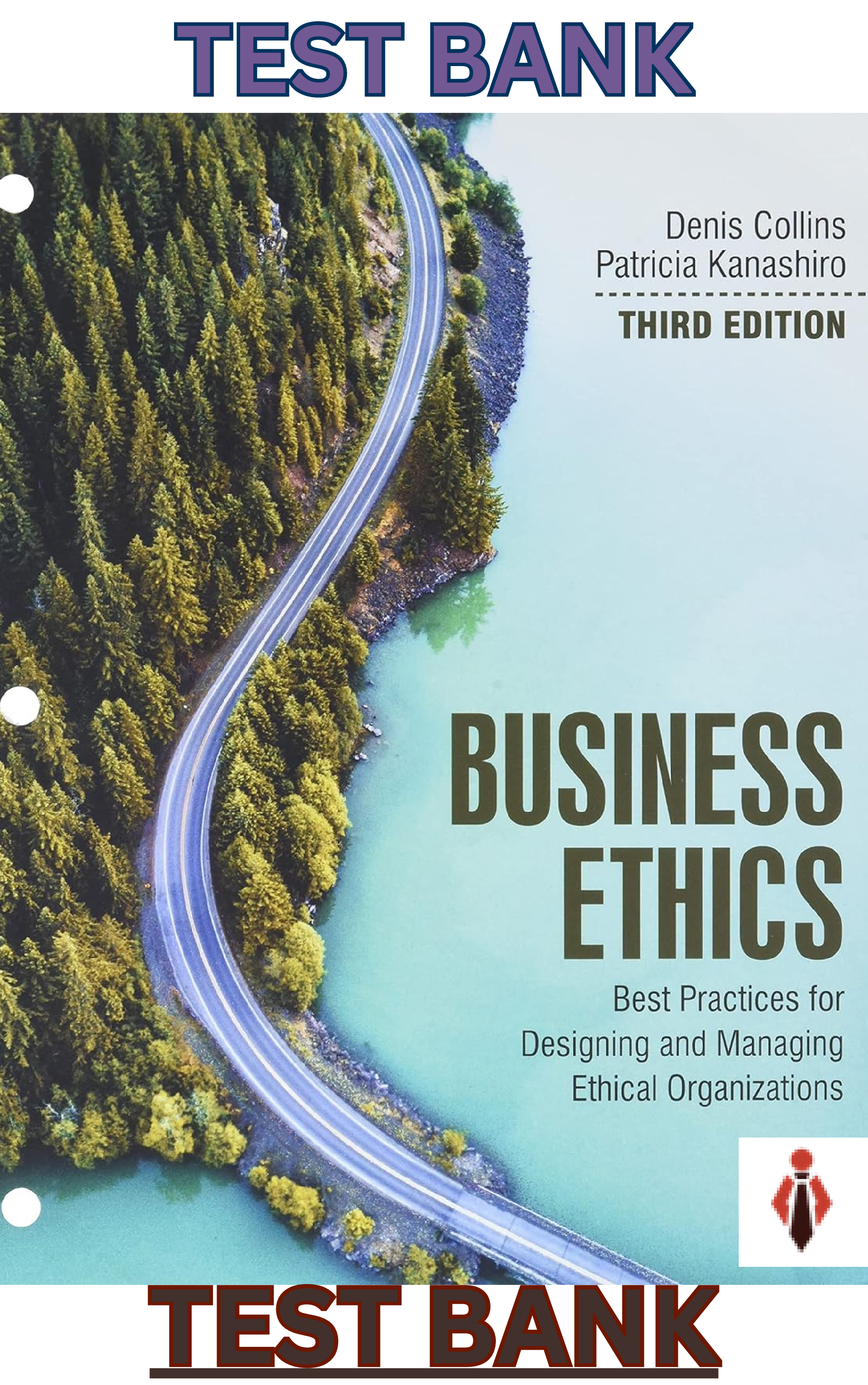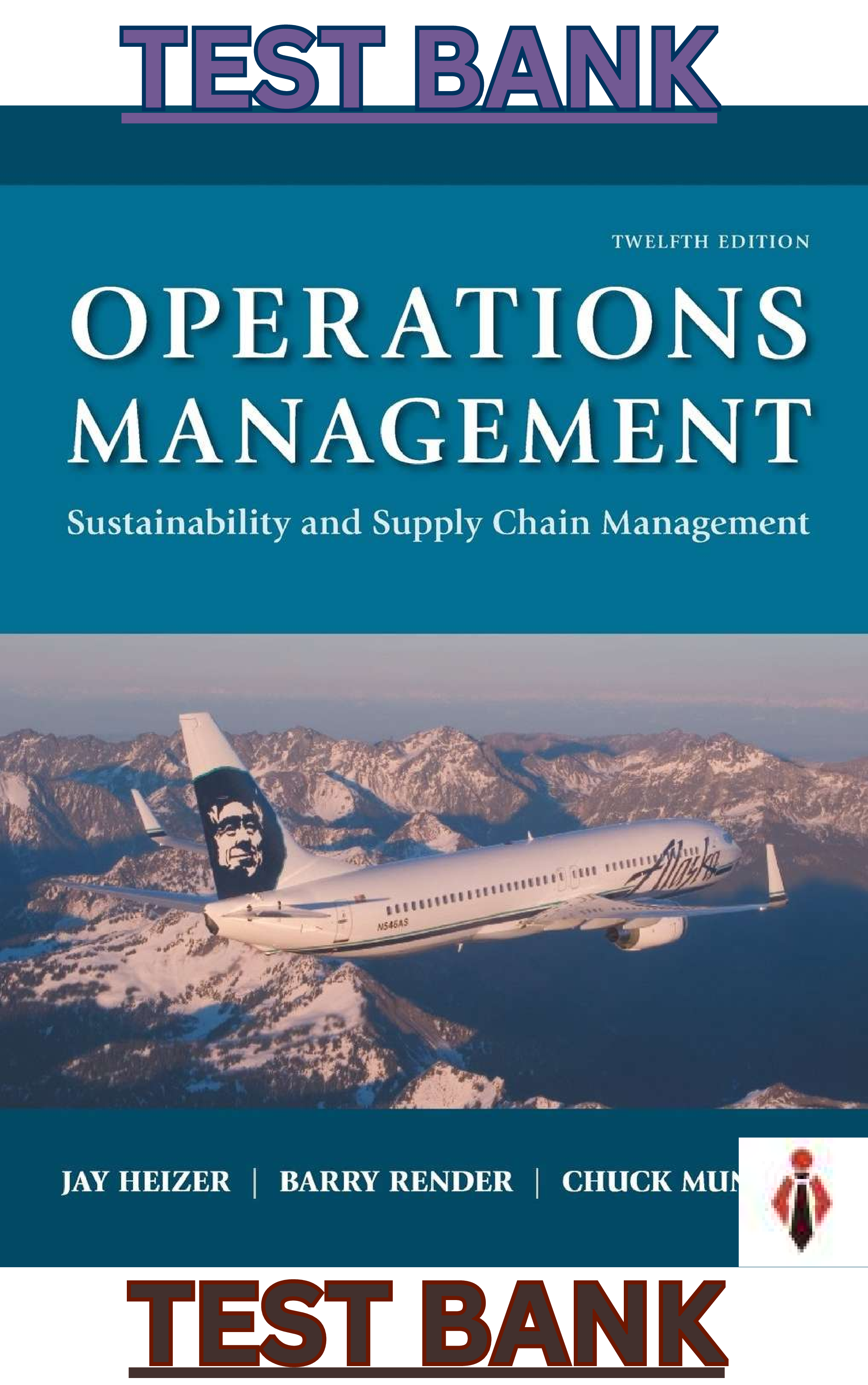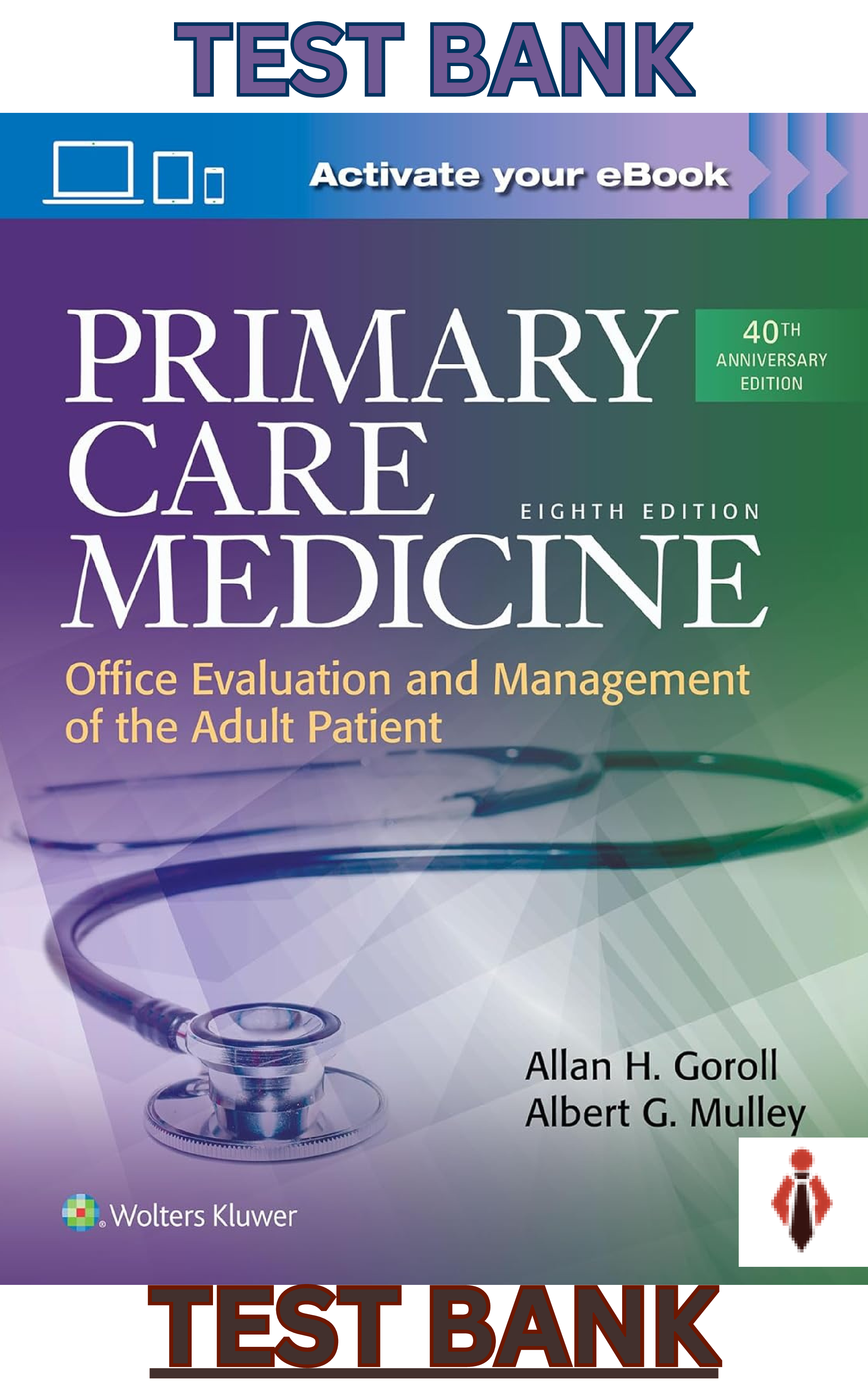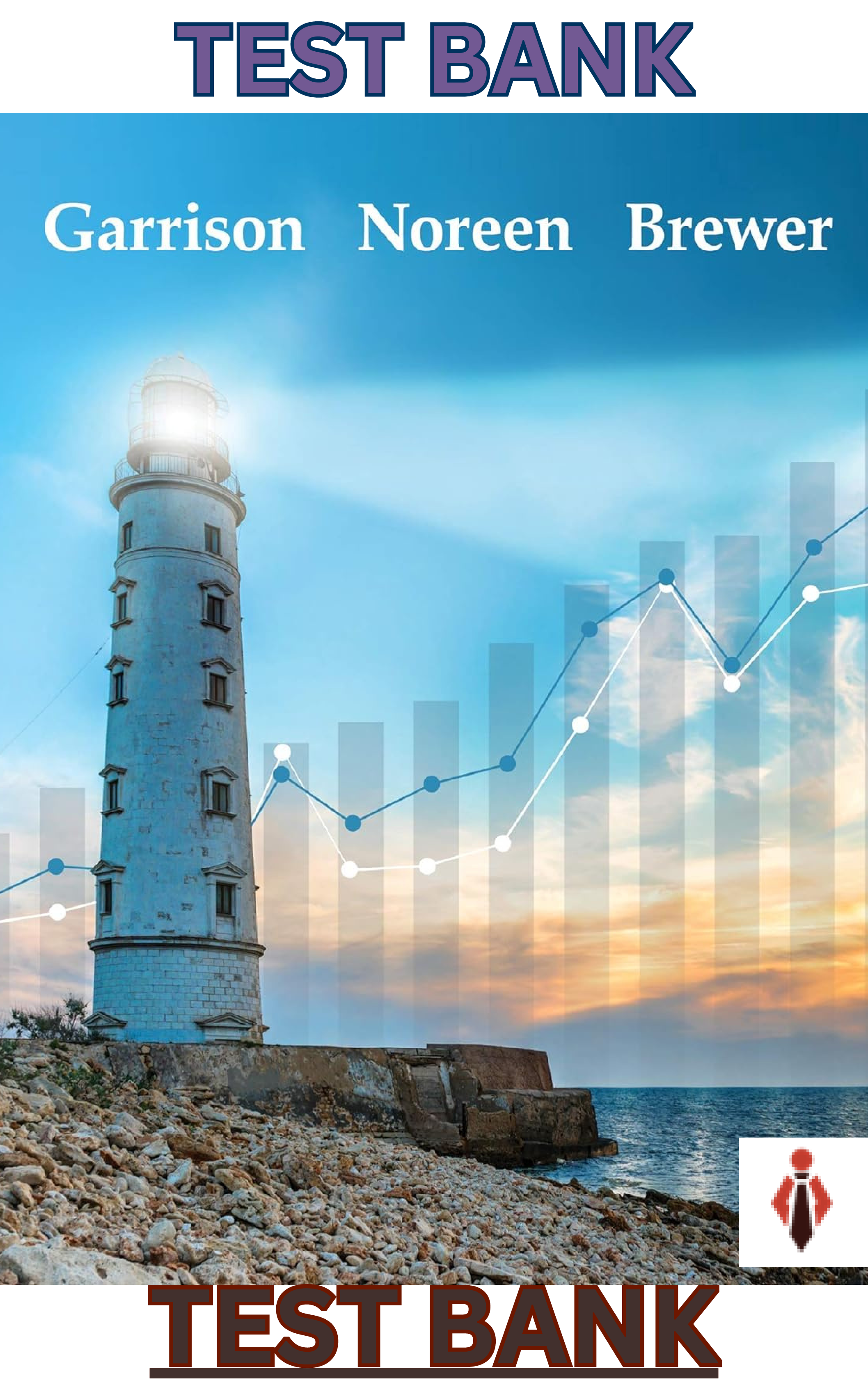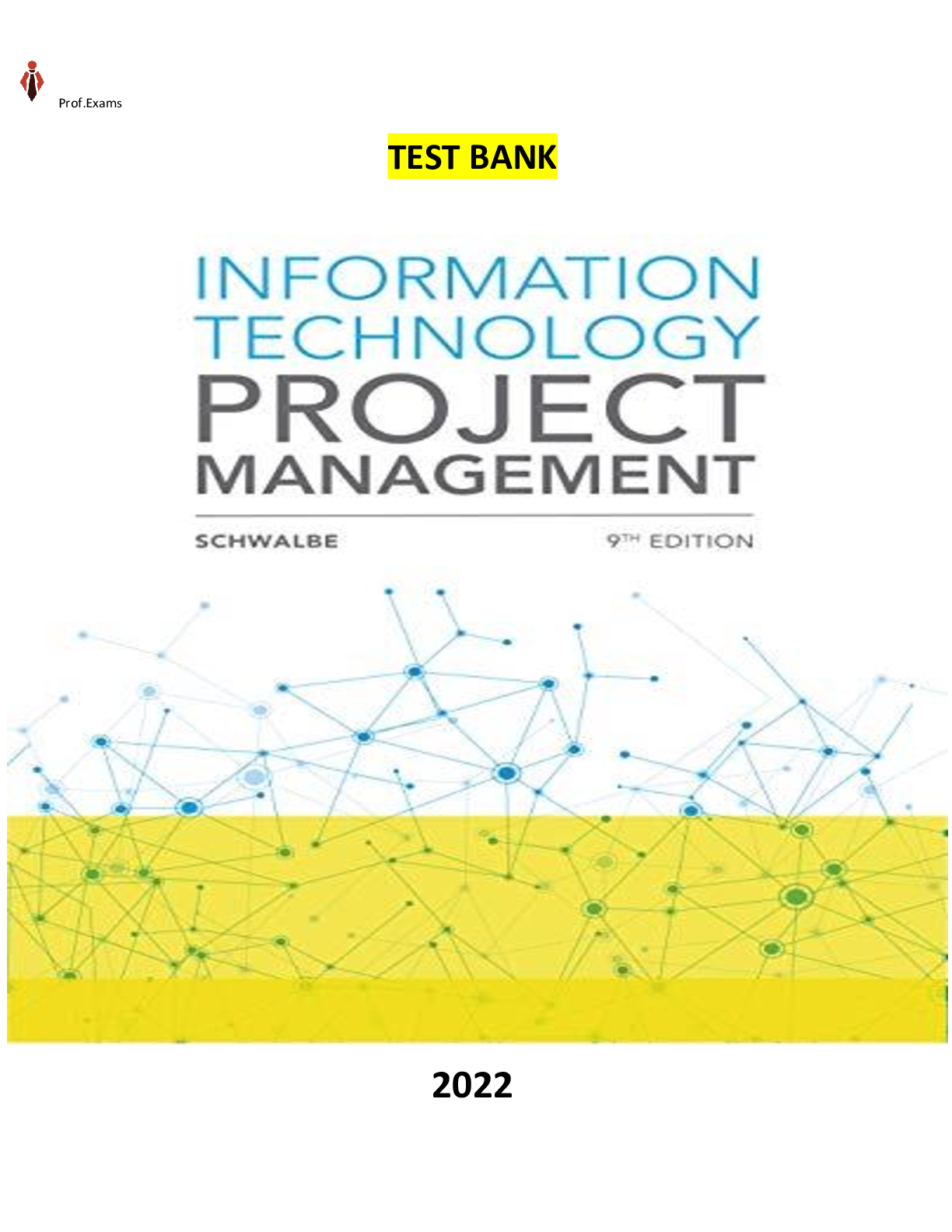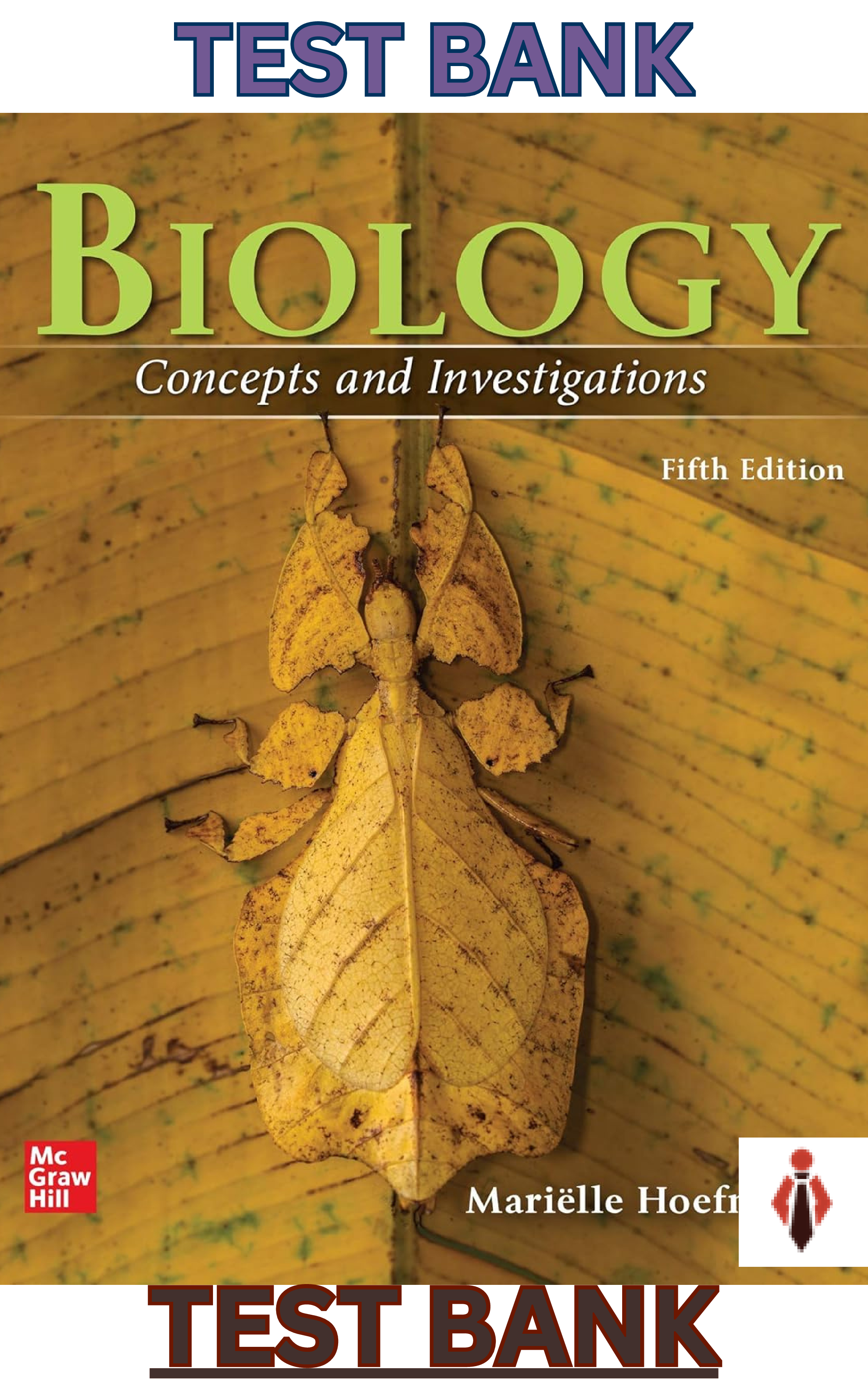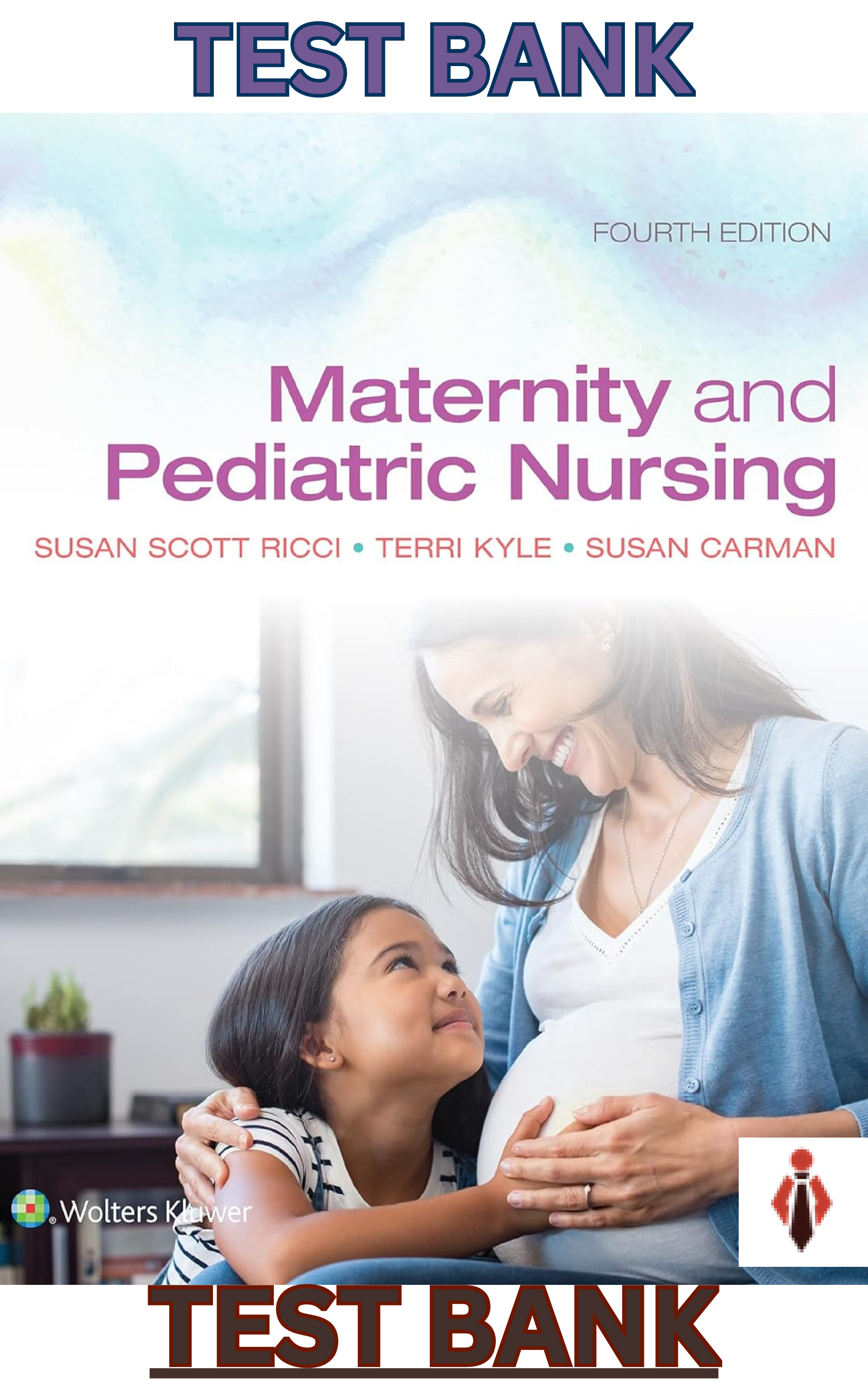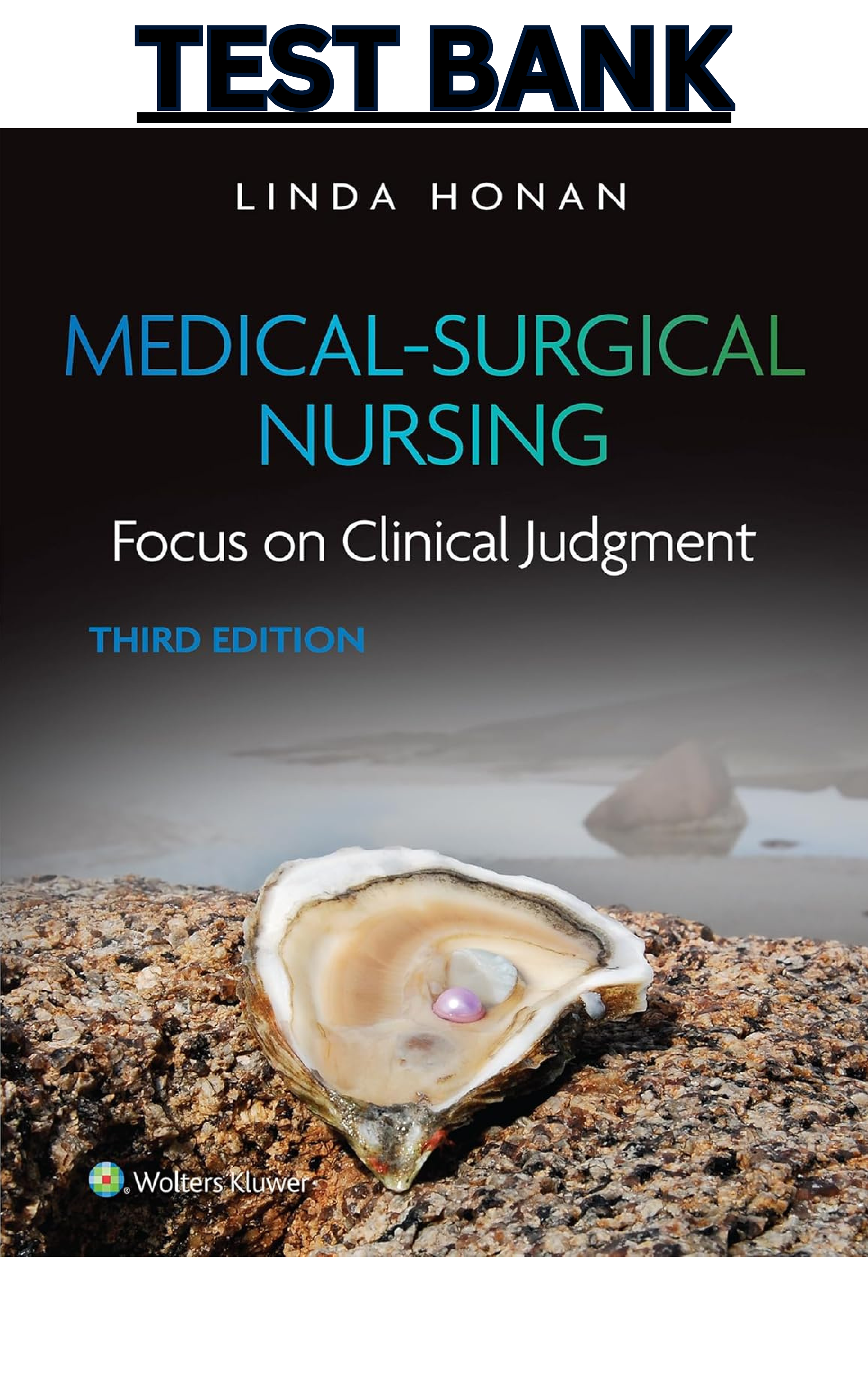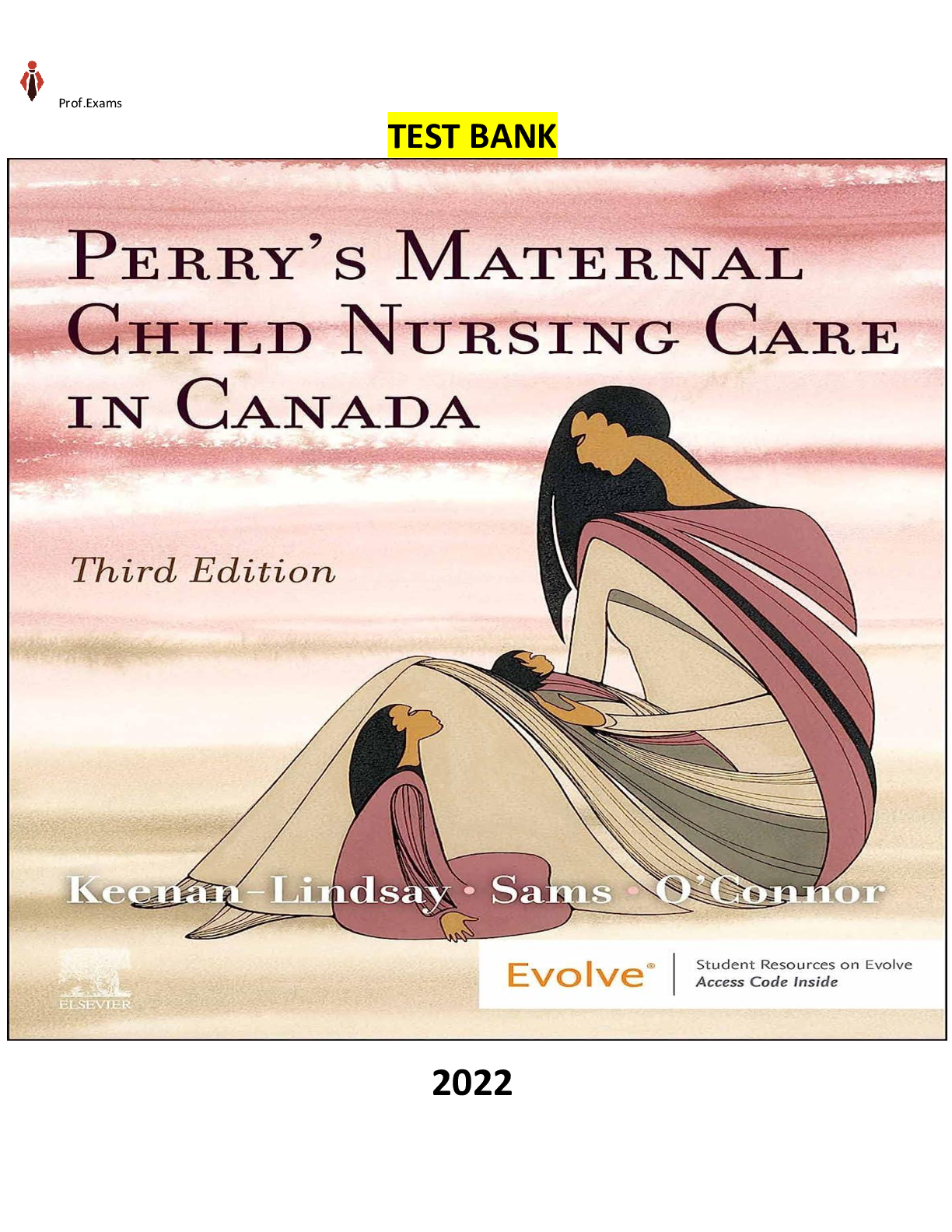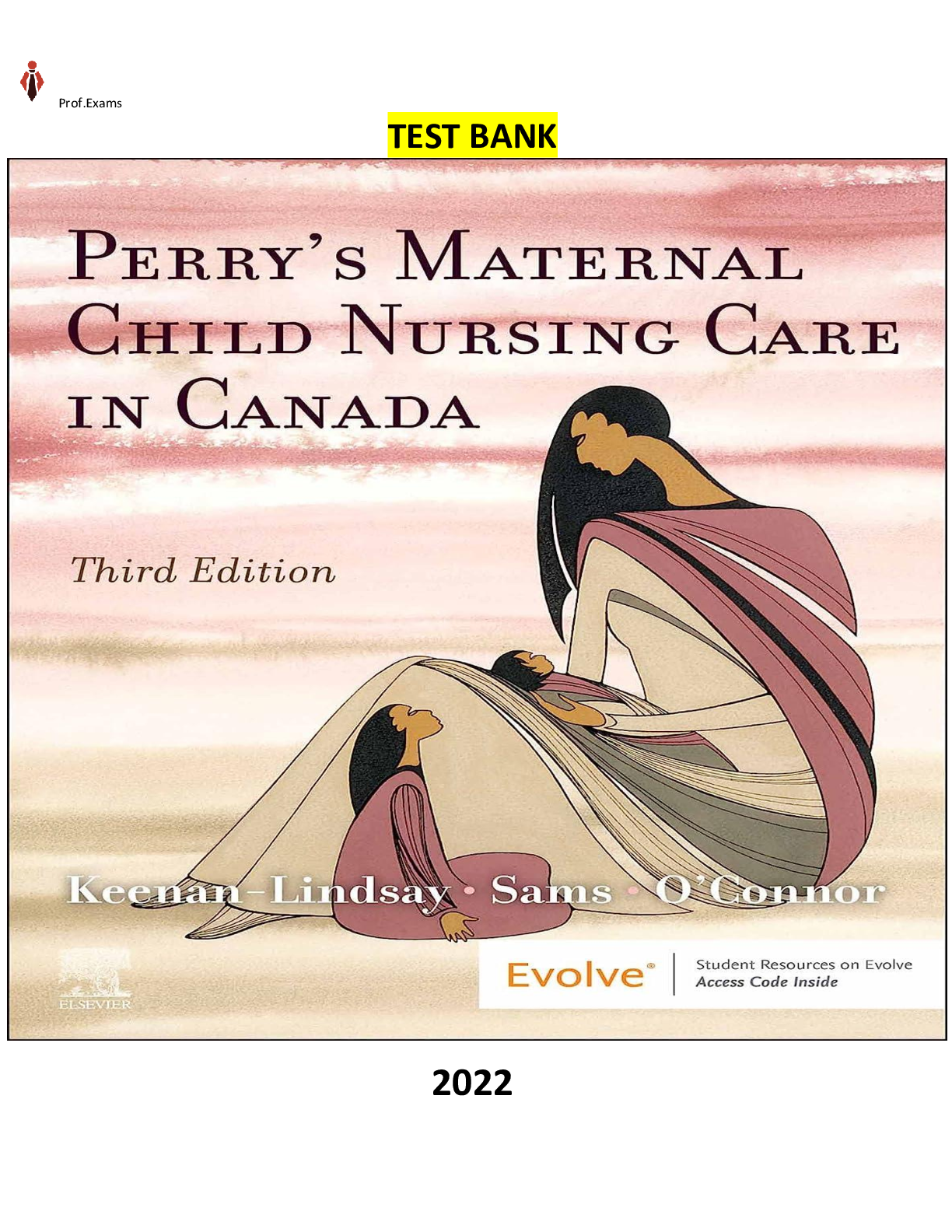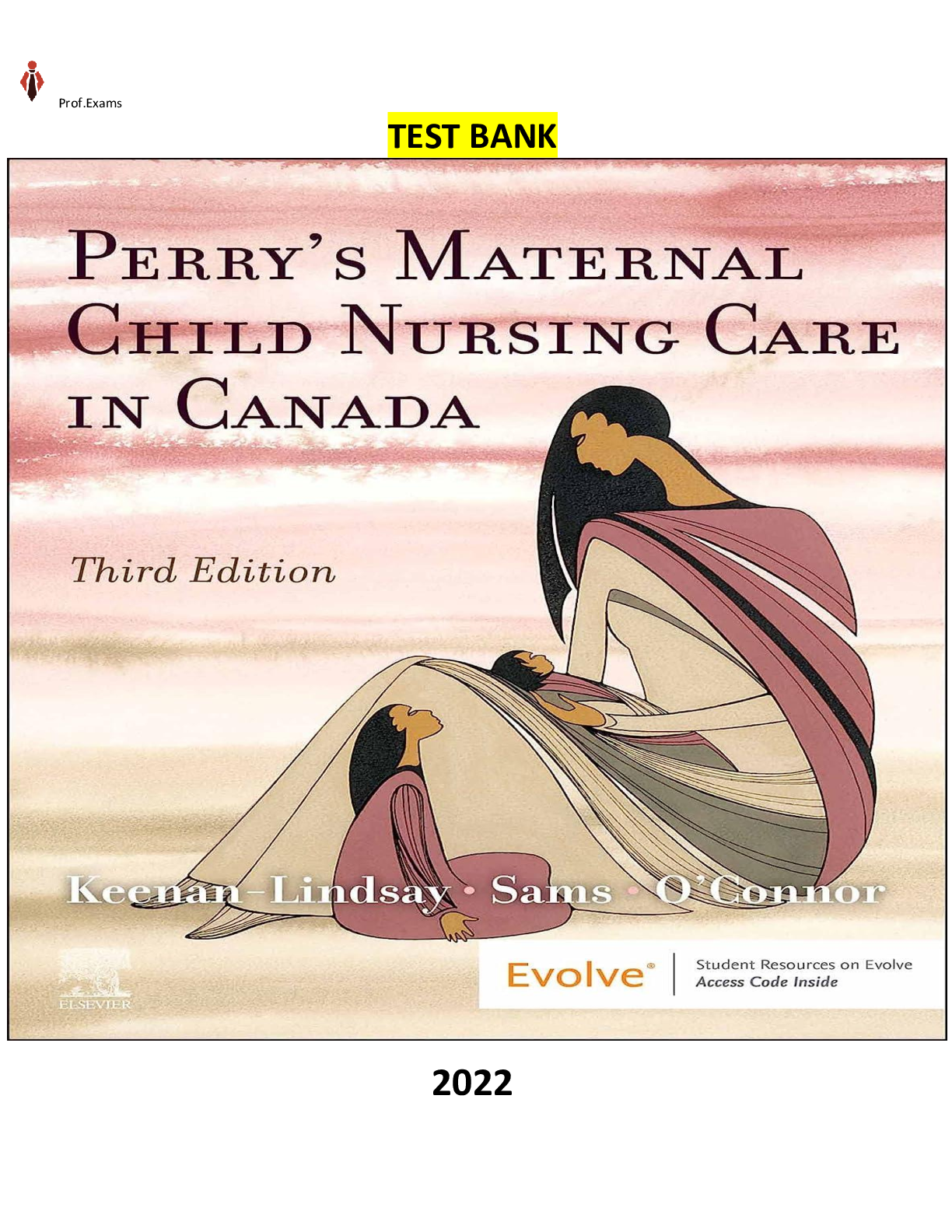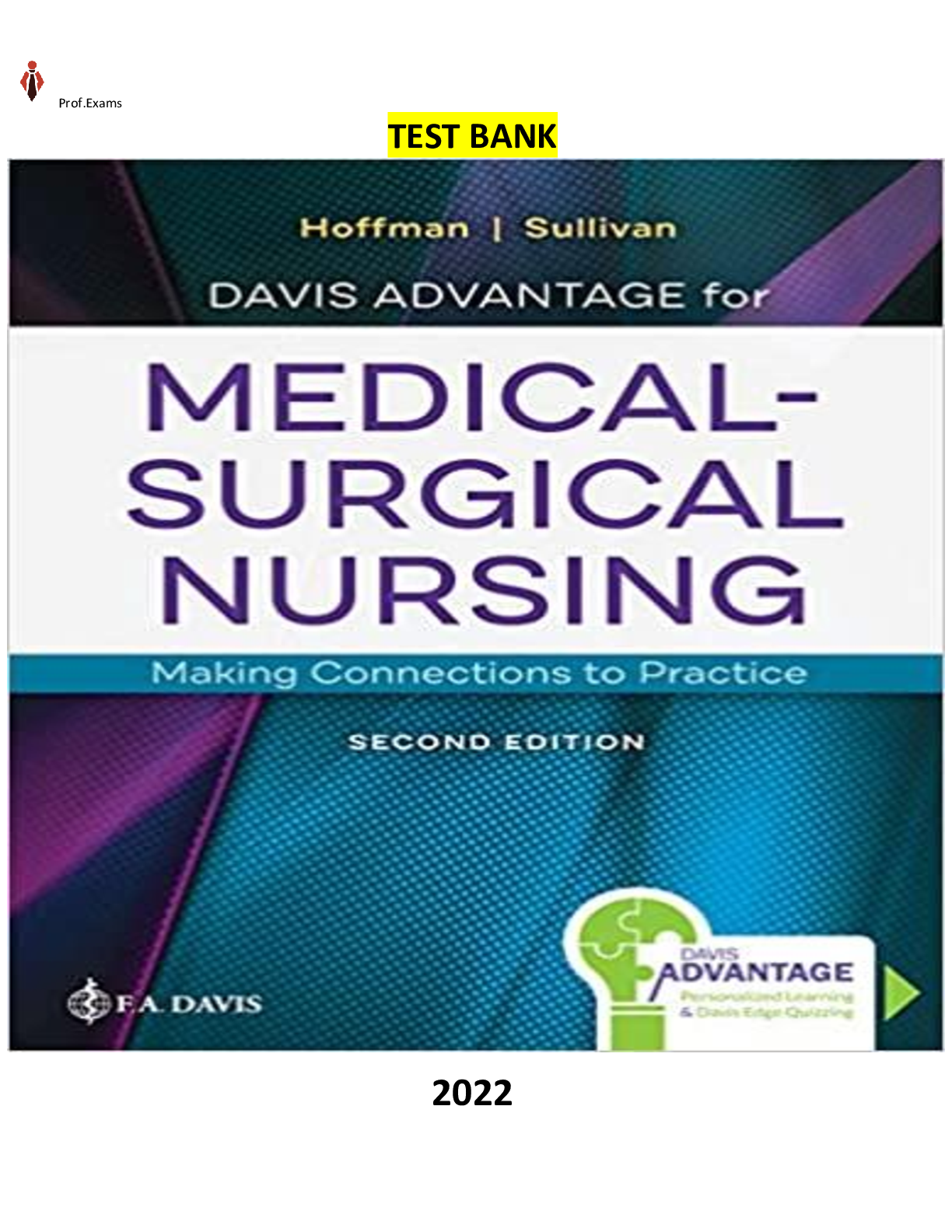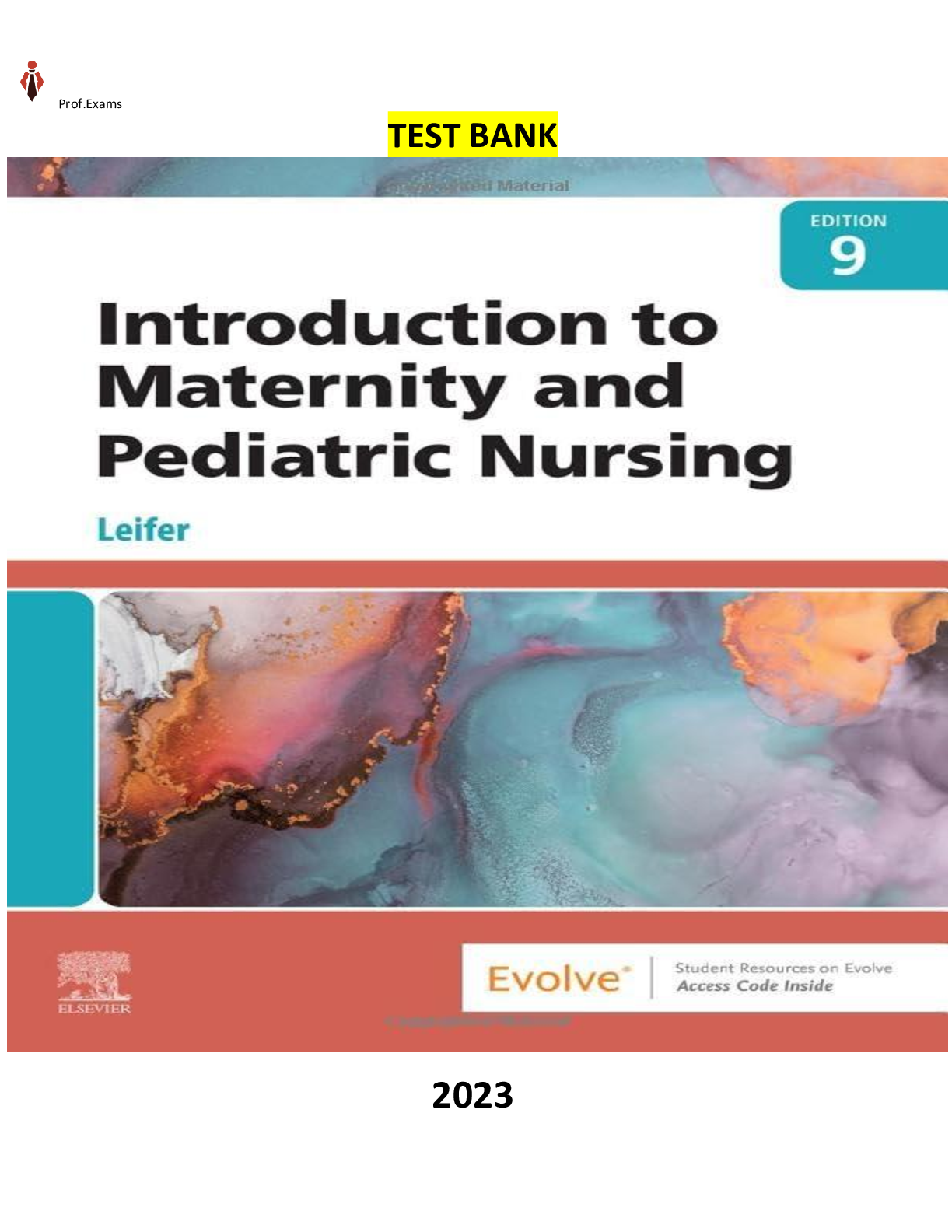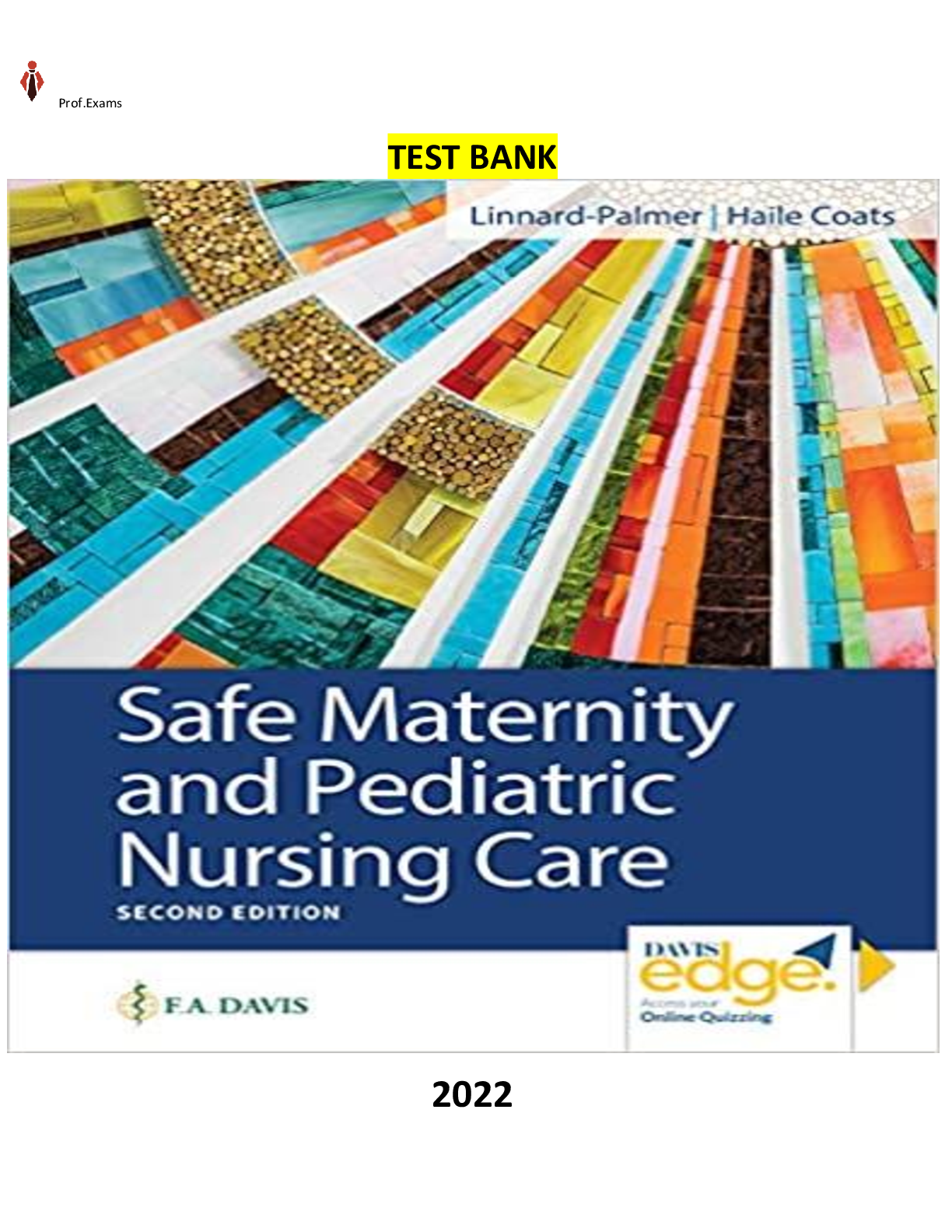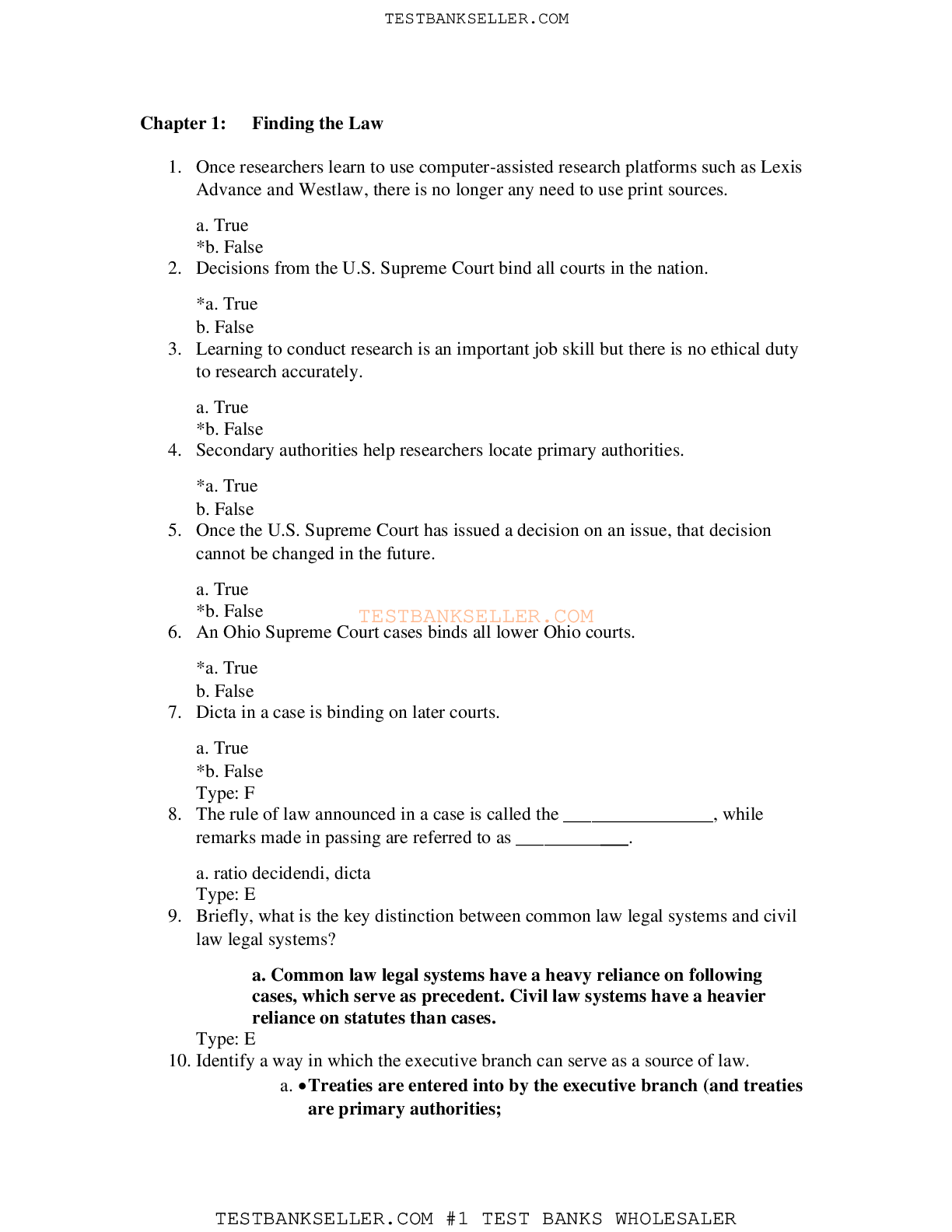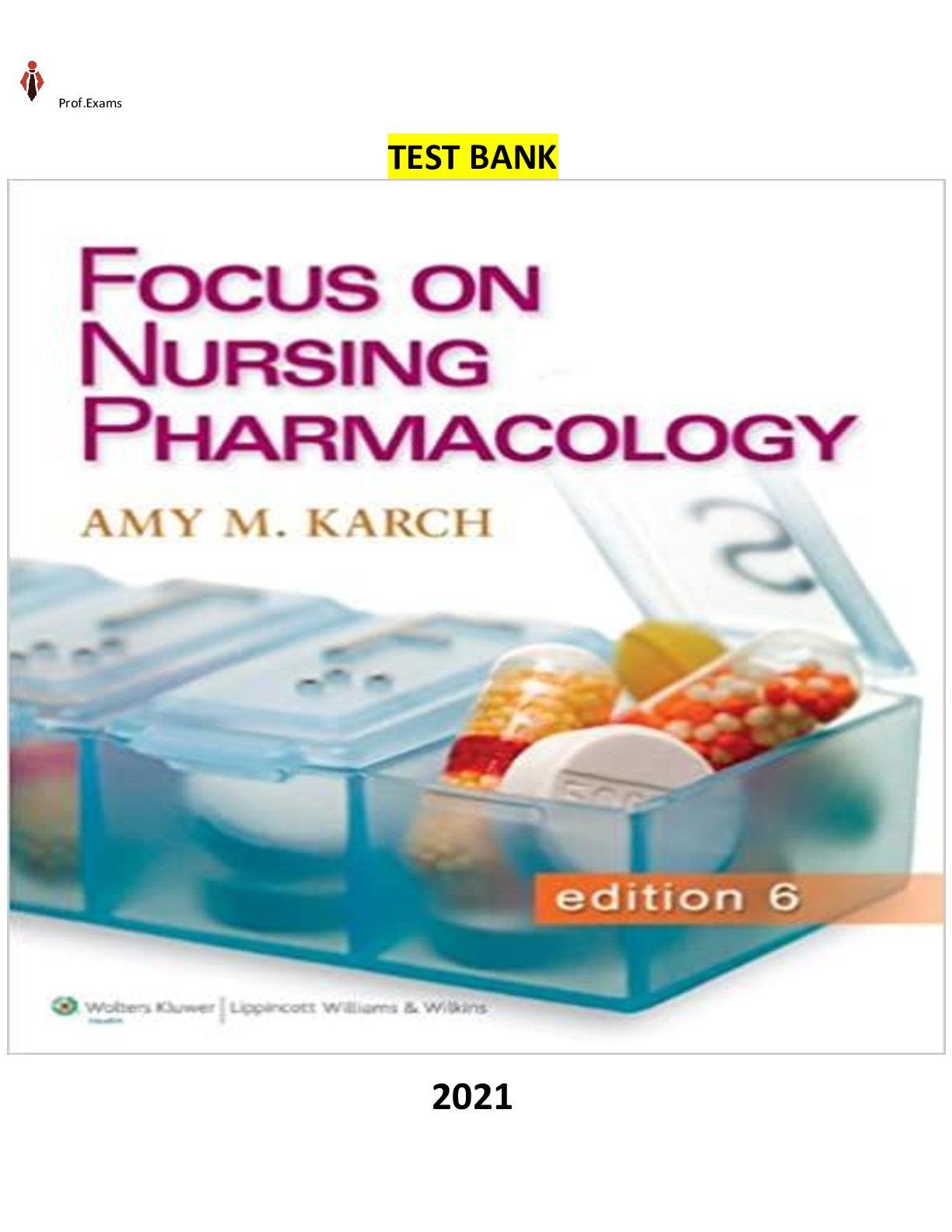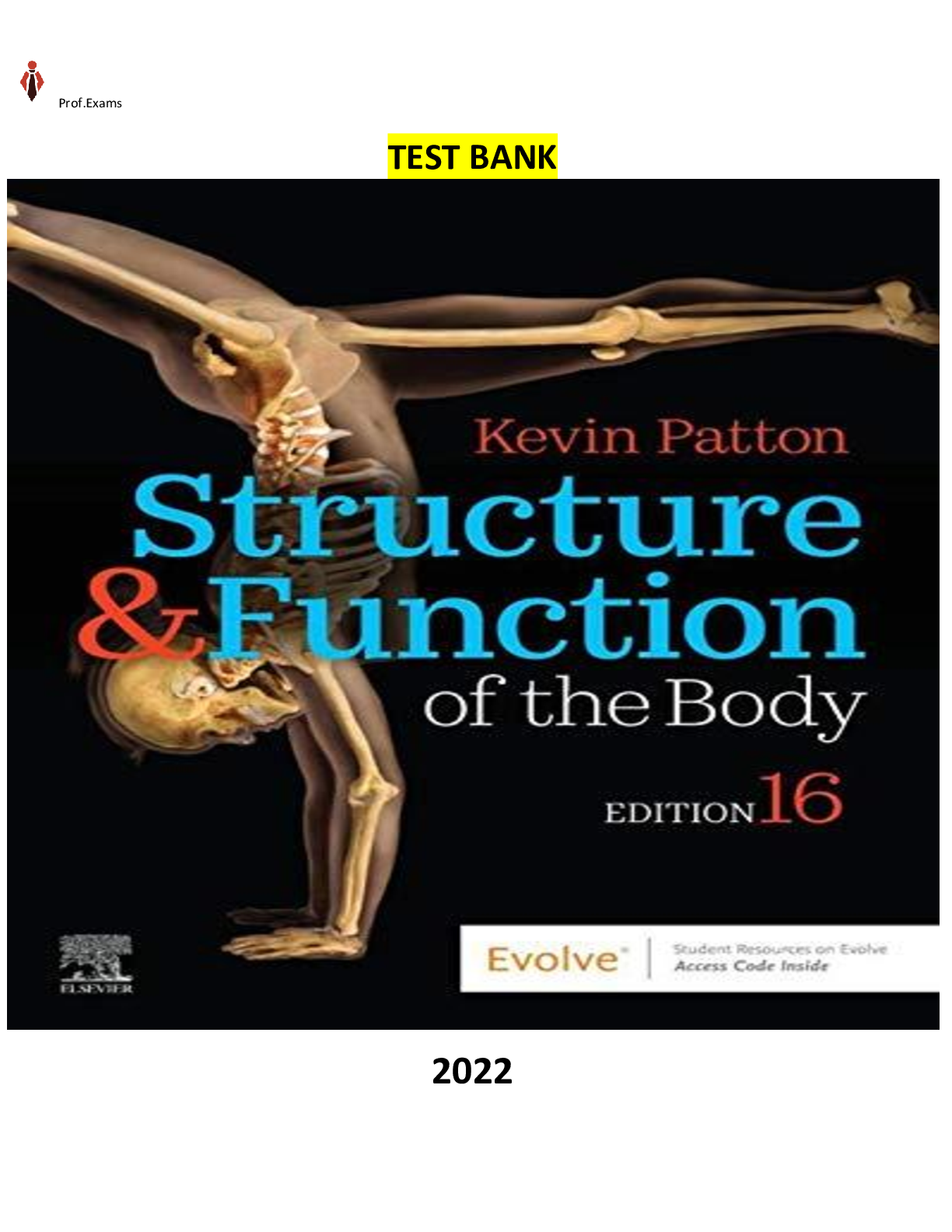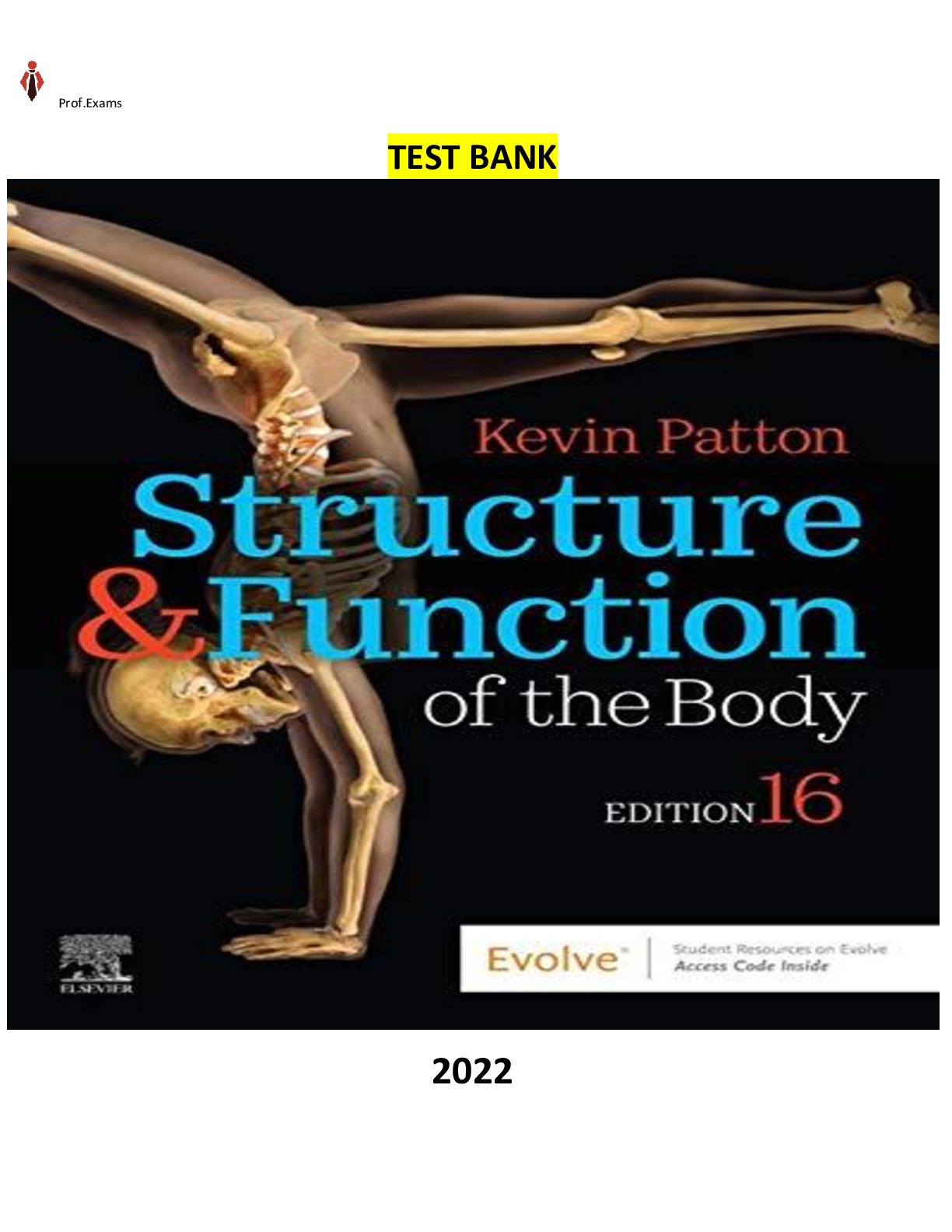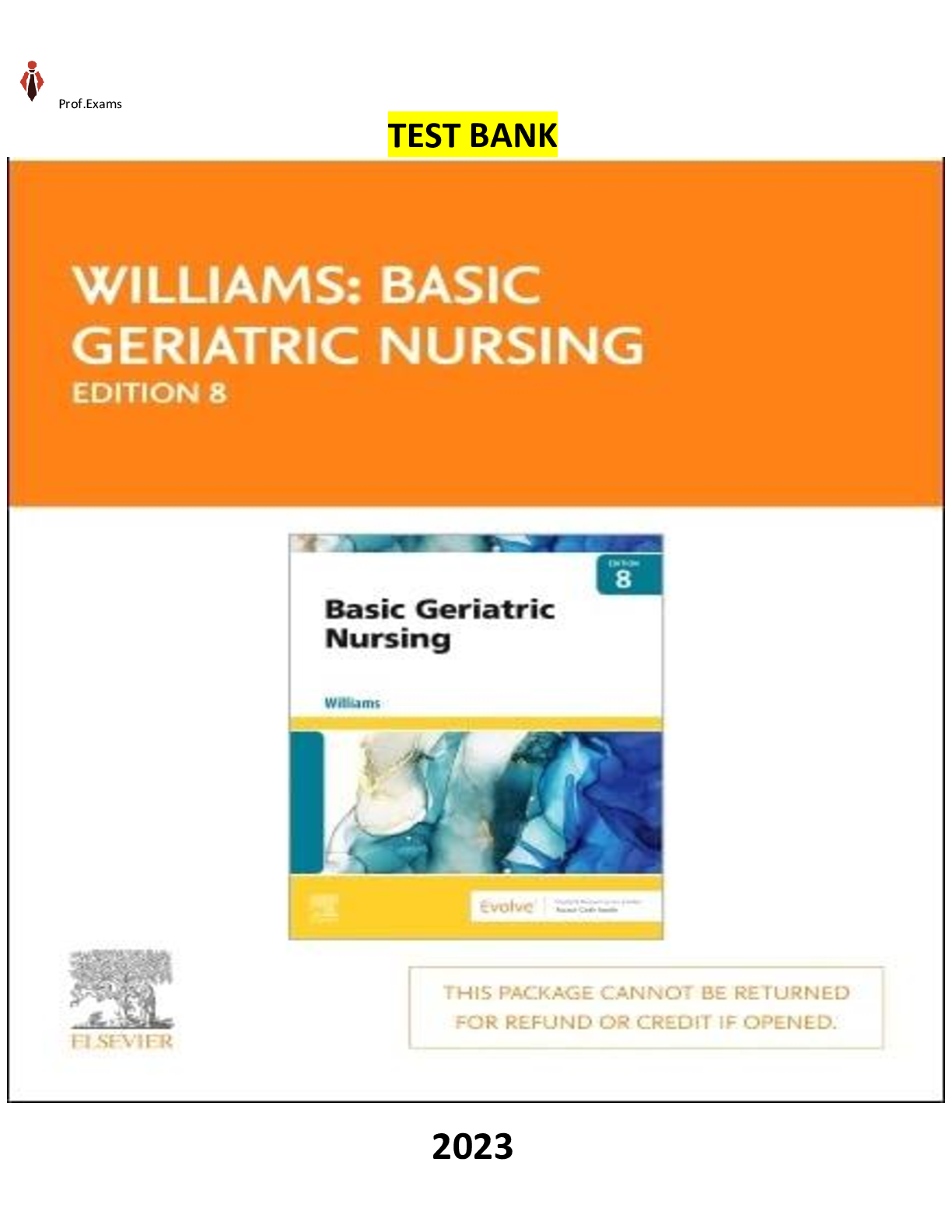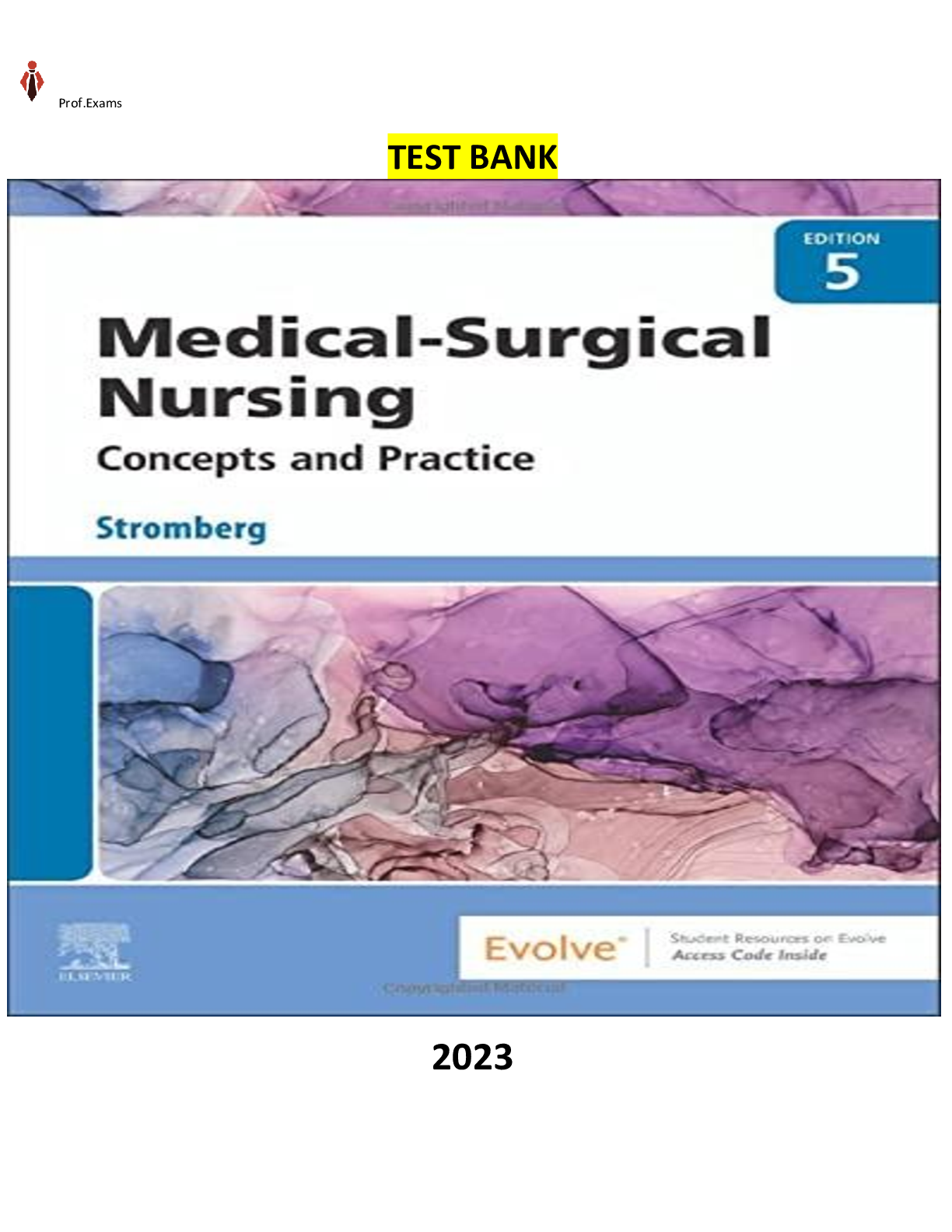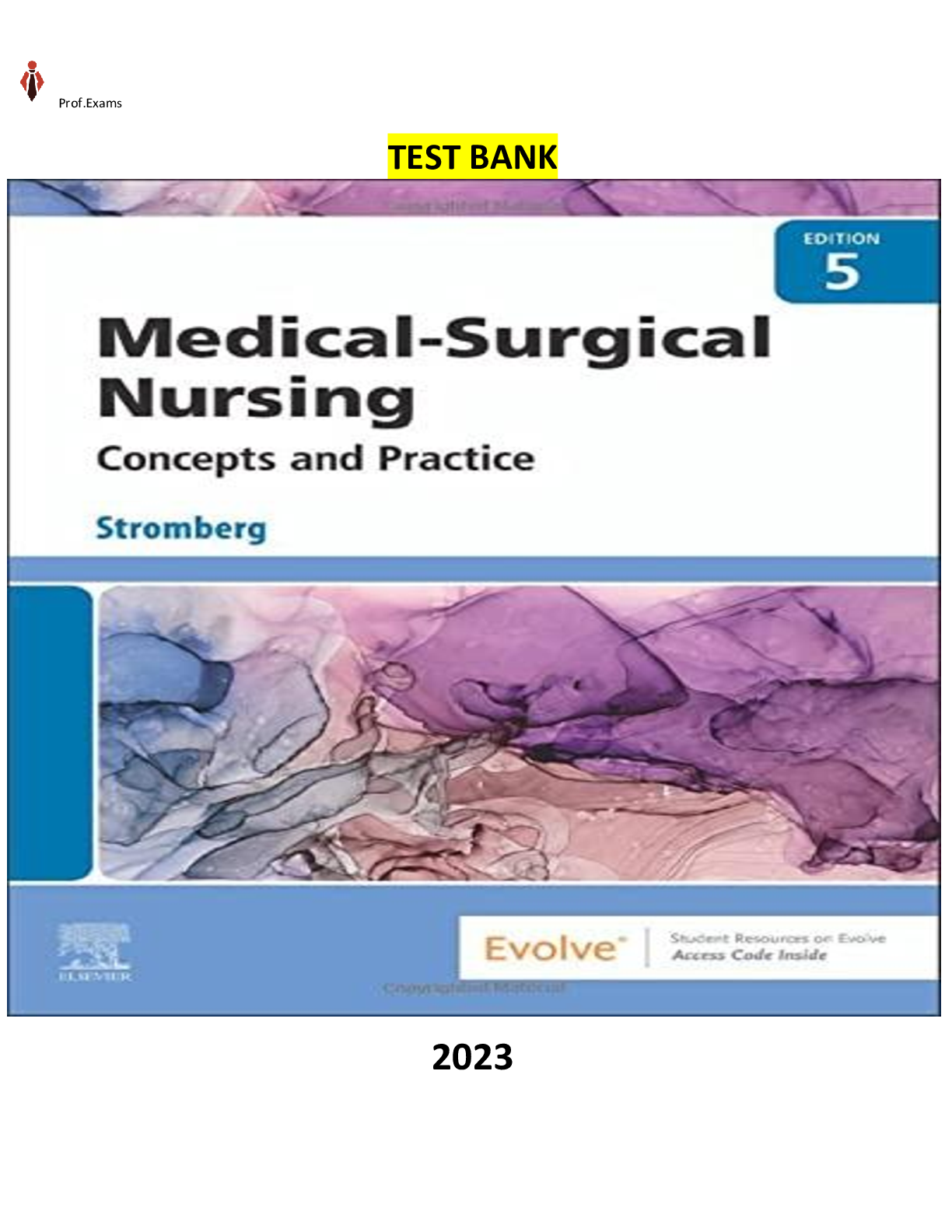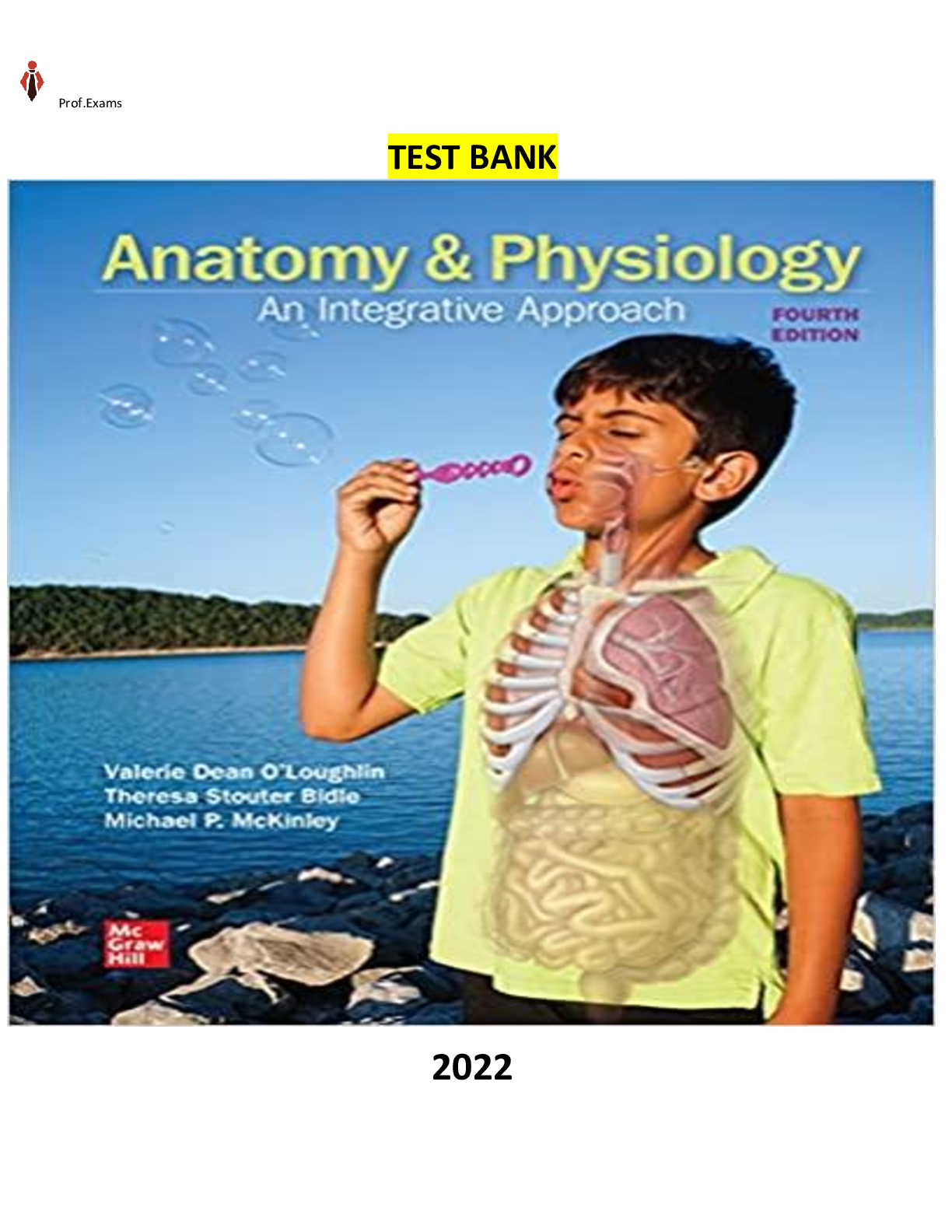Law > TEST BANK > COMPLETE - Elaborated Test bank for Legal Research and Writing for Paralegals 9Ed. by Deborah E. Bou (All)
COMPLETE - Elaborated Test bank for Legal Research and Writing for Paralegals 9Ed. by Deborah E. Bouchoux. ALL Chapters(1-13) Included |365| Pages - Questions & Answers Pass Legal Research and Writing for Paralegals 9Ed. by Deborah E. Bouchoux in First Attempt Guaranteed!Get 100% Latest Exam Questions, Accurate & Verified Answers to Pass the Actual Exam! Instant Download!
Document Content and Description Below
COMPLETE - Elaborated Test bank for Legal Research and Writing for Paralegals 9Ed. by Deborah E. Bouchoux. ALL Chapters(1-13) Included |365| Pages - Questions & Answers Pass Legal Research and Writin... g for Paralegals 9Ed. by Deborah E. Bouchoux in First Attempt Guaranteed!Get 100% Latest Exam Questions, Accurate & Verified Answers to Pass the Actual Exam! Instant Download! Legal Research and Writing for Paralegals 9Ed. by Deborah E. Bouchoux ISBN-10 1543801633 ISBN-13 978-1543801637 Chapter 1. Finding the Law Chapter 2. The Federal and State Court Systems Chapter 3. Statutory Law Chapter 4. Case Law and Judicial Opinions Chapter 5. Locating Cases Through Digests, Annotated Law Reports, and Words and Phrases Chapter 6. Encyclopedias, Periodicals, Treatises, and Restatements Chapter 7. Miscellaneous Secondary Authorities Chapter 8. Legal Citation Form Chapter 9. Updating and Validating Your Research Chapter 10. Special Research Issues Chapter 11. The Digital Library: Lexis Advance, Westlaw, and Other Nonprint Research Sources Chapter 12. E-Research: Legal Research Using the Internet Chapter 13. Overview of the Research Process Chapter 14. Back to Basics Chapter 15. Strategies for Effective Writing Chapter 16. Legal Correspondence Chapter 17. Legal Memoranda Chapter 18. Legal Briefs Chapter 19. Postwriting Steps Chapter 1: Finding the Law 1. Once researchers learn to use computer-assisted research platforms such as Lexis Advance and Westlaw, there is no longer any need to use print sources. a. True *b. False 2. Decisions from the U.S. Supreme Court bind all courts in the nation. *a. True b. False 3. Learning to conduct research is an important job skill but there is no ethical duty to research accurately. a. True *b. False 4. Secondary authorities help researchers locate primary authorities. *a. True b. False 5. Once the U.S. Supreme Court has issued a decision on an issue, that decision cannot be changed in the future. a. True *b. False 6. An Ohio Supreme Court cases binds all lower Ohio courts. *a. True b. False 7. Dicta in a case is binding on later courts. a. True *b. False Type: F 8. The rule of law announced in a case is called the ________________, while remarks made in passing are referred to as ____________. a. ratio decidendi, dicta Type: E 9. Briefly, what is the key distinction between common law legal systems and civil law legal systems? a. Common law legal systems have a heavy reliance on following cases, which serve as precedent. Civil law systems have a heavier reliance on statutes than cases. Type: E 10. Identify a way in which the executive branch can serve as a source of law. a. • Treaties are entered into by the executive branch (and treaties are primary authorities; TESTBANKSELLER.COM TESTBANKSELLER.COM #1 TEST BANKS WHOLESALER T E S T B A N K S E L L E R . C O M 2 • The President can issue executive orders to regulate and direct federal agencies; and • The executive branch exerts influence through its policies on enforcing the law. Type: E 11. Why would an attorney drafting a brief rely more heavily on primary authorities than secondary authorities? a. Primary authorities are binding. If relevant a court must follow them. Thus, if an attorney cites relevant primary authorities, a court must follow those. Secondary authorities are only persuasive. Thus, an attorney would prefer to “force” a court to adopt the position of a primary authority. Type: MT 12. Identify the following sources as primary or secondary authorities. a. A law dictionary = Secondary b. A Nebraska statute = Primary c. A case from Ohio issued by Judge Jones = Primary d. A book entitled Punitive Damages by Judge Jones = Secondary e. A regulation of the FDA = Primary f. An article written about an FDA regulation = Secondary g. An executive order issued by the President = Primary Type: F 13. The concept of following precedents is referred to as _________________. a. stare decisis TESTBANKSELLER.COM TESTBANKSELLER.COM #1 TEST BANKS WHOLESALER T E S T B A N K S E L L E R . C O M Chapter 2: The Federal and State Court Systems 1. Any case that may be brought in state court may be brought in federal court. a. True *b. False 2. Any case brought in federal court must satisfy a monetary amount (currently $75,000) before it may be instituted. a. True *b. False 3. Generally, there are three levels of courts in our federal system. *a. True b. False 4. Federal courts of appeal hear evidence and listen to witnesses testify before they render a decision. a. True *b. False 5. The U.S. Supreme Court can act as a trial court in certain instances. *a. True b. False 6. The U.S. Supreme Court grants certiorari for most of the cases that wish to be appealed to the Court. a. True *b. False 7. Each state in the United States has at least one federal district. *a. True b. False 8. In most states, the top court is called the Supreme Court. *a. True b. False 9. The intermediate federal circuit courts of appeal can make decisions independent of each other. Thus, for example, the First Circuit is not bound by decisions of the Second Circuit. *a. True b. False 10. All federal judges are appointed by the President. *a. True b. False 11. Granting certiorari is discretionary with the U.S. Supreme Court. *a. True b. False 12. Cases from state courts can be appealed to the U.S. Supreme Court (assuming a federal question is involved and certiorari is granted). *a. True b. False 13. The U.S. Supreme Court has clearly defined rules and guidelines indicating when it must grant certiorari. a. True *b. False Type: E 14. Identify the two bases for jurisdiction in federal court. a. Cases may be instituted in federal court that involve a federal question or that are based on the diversity of the parties involved. Type: F 15. If a case (for example, a bankruptcy matter) can be heard only in federal court (and not in any other court), jurisdiction is said to be _____________. a. exclusive Type: E 16. What does it mean to say that federal courts will not consider issues that are “moot”? a. Federal courts hear only cases that involve an existing, present controversy. If an issue is resolved, it is called “moot,” and federal courts cannot hear a case that is moot. Type: F 17. The requirement that a plaintiff must have personally suffered some actual or threatened legal injury and must be adversely affected by some conduct or threatened conduct of a defendant is referred to as _______________. a. standing Type: F 18. The _________________ are the trial courts in our federal system. a. district courts Type: F 19. The most widely used means to gain access to the U.S. Supreme Court from the lower courts of appeal is the writ of __________. a. certiorari Type: E 20. Why are courts typically composed of an odd number of judges (for example, nine judges)? a. Having an odd number of judges/justices decreases the chance of deadlock. TESTBANKSELLER.COM TESTBANKSELLER.COM #1 TEST BANKS WHOLESALER T E S T B A N K S E L L E R . C O M Chapter 3: Statutory Law 1. For legislation to be valid, it must be introduced in the House of Representatives (and not in the Senate). a. True *b. False 2. U.S. Statutes at Large is a valuable set of books that includes all of our federal statutes and that is frequently used by legal researchers. a. True *b. False 3. If a set of books has a pocket part, that pocket part must be examined. *a. True b. False 4. The annotated set U.S.C.A. is widely acknowledged to be more valuable and “better” than U.S.C.S. a. True *b. False 5. The U.S. Constitution is found in both U.S.C.A. and U.S.C.S. *a. True b. False 6. Attorneys who practice before a court must follow its rules, whether those rules are substantive or procedural. *a. True b. False 7. An official set of statutes is always more reliable than an unofficial set. a. True *b. False Type: E 8. What is the difference between a “bill” and a “statute”? a. A bill is a proposed law (it may or may not be enacted). A statute is enacted law, which must be followed. Type: E 9. What is the difference between a public law and a private law? a. A public law is one that affects the public generally. A private law affects only one person or a very limited group of persons, granting them some special benefit not afforded to the public at large. Type: E 10. Why do researchers prefer using a set such as U.S.C.A. or U.S.C.S. rather than using the official United States Code? TESTBANKSELLER.COM TESTBANKSELLER.COM #1 TEST BANKS WHOLESALER T E S T B A N K S E L L E R . C O M 2 a. The United States Code contains only the language of our federal statutes. It does not send researchers to cases interpreting those statutes, and it does not refer researchers to other helpful sources as do annotated codes such as U.S.C.A. or U.S.C.S. Type: F 11. The process of developing a set of books that compiles currently valid laws on the same subject together with any amendments to those laws is called ______________. a. codification Type: E 12. What is the difference between an official set of statutes and an unofficial set? a. An official set is one that is authorized by a governmental entity. An unofficial set is one that is published without governmental approval. Type: E 13. Of what value to researchers are the annotations in U.S.C.A. and U.S.C.S.? a. Annotations direct researchers to cases that interpret statutes. Researchers can then find judicial interpretations of statutes, and it is these judicial interpretations that are binding under our concept of stare decisis. Type: E 14. What does it mean to say that a pocket part to a set of books is “cumulative”? a. A cumulative pocket part includes all of the changes and amendments to a book since the hardbound version of the book was published. Type: E 15. What is the difference between a pocket part and a supplement? a. A pocket part is a small pamphlet that slides into the back of a hardbound volume to update it. A supplement is a free-standing, separate volume placed on the shelf next to a hardbound volume to update it. Type: E 16. What does it mean to say that U.S.C.A. and U.S.C.S. are “competitive” sets? a. U.S.C.A. and U.S.C.S. are highly similar. One cannot say that one set is “better” than the other. In most respects, they are essentially the same, and the choice of which set to use is usually based on a researcher’s habit of convenience. Type: E 17. Describe the three methods a researcher can use to find a statute. a. A researcher can use the descriptive word approach (using an index to look up words and phrases that describe a research problem; a researcher can use the title or topic approach and simply retrieve the appropriate title of a statutory set (because the researcher is quite familiar with the way the statutes are organized); or a researcher can use the popular name approach to find a federal statute when a statute is known by a popular or common name. Type: E 18. You have been told to locate 35 U.S.C. § 304. What does this mean? a. You should locate title 35 of the United States Code and review Section 304.. [Show More]
Last updated: 1 year ago
Preview 1 out of 447 pages

Reviews( 0 )
Document information
Connected school, study & course
About the document
Uploaded On
May 06, 2023
Number of pages
447
Written in
Additional information
This document has been written for:
Uploaded
May 06, 2023
Downloads
0
Views
49

